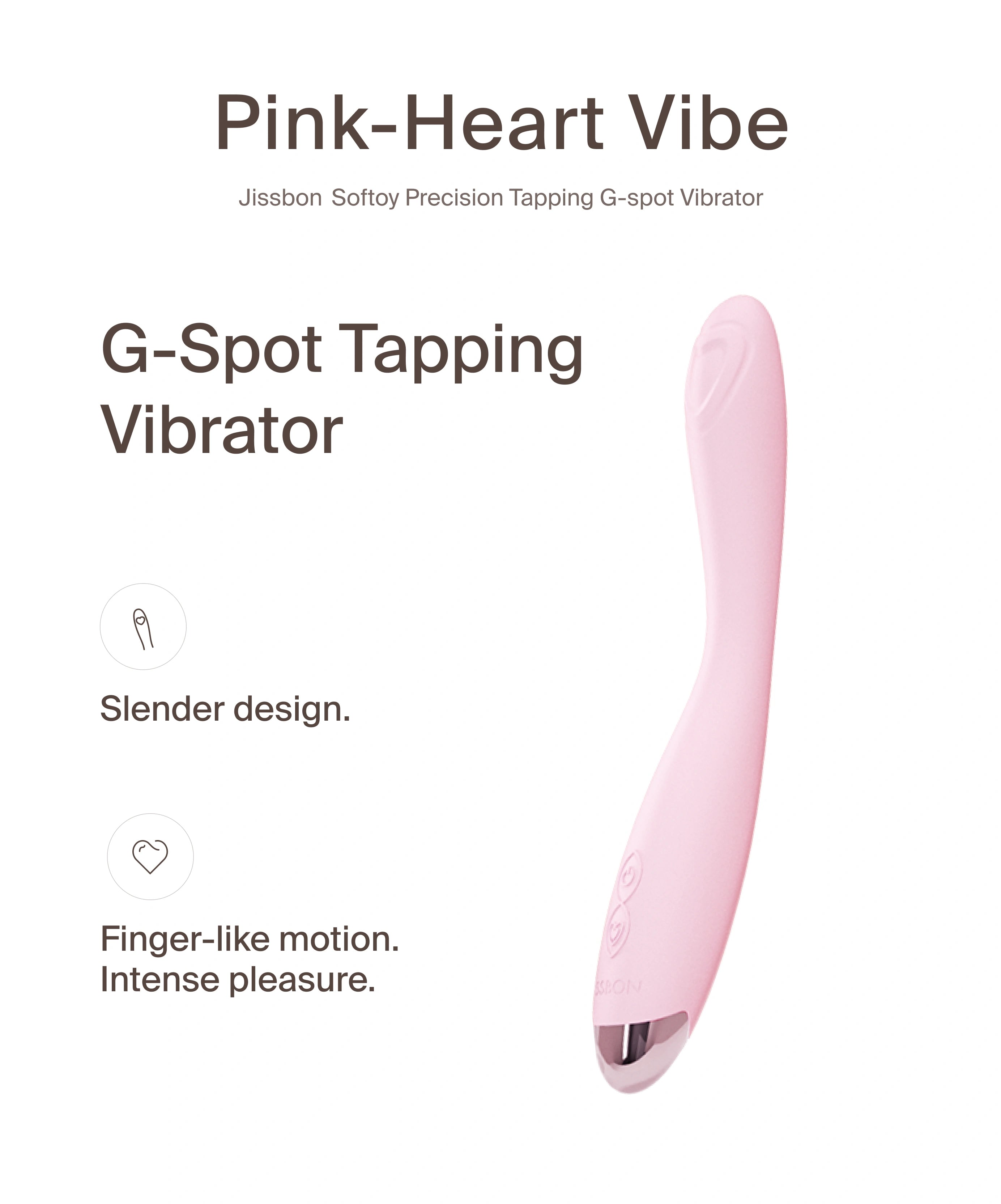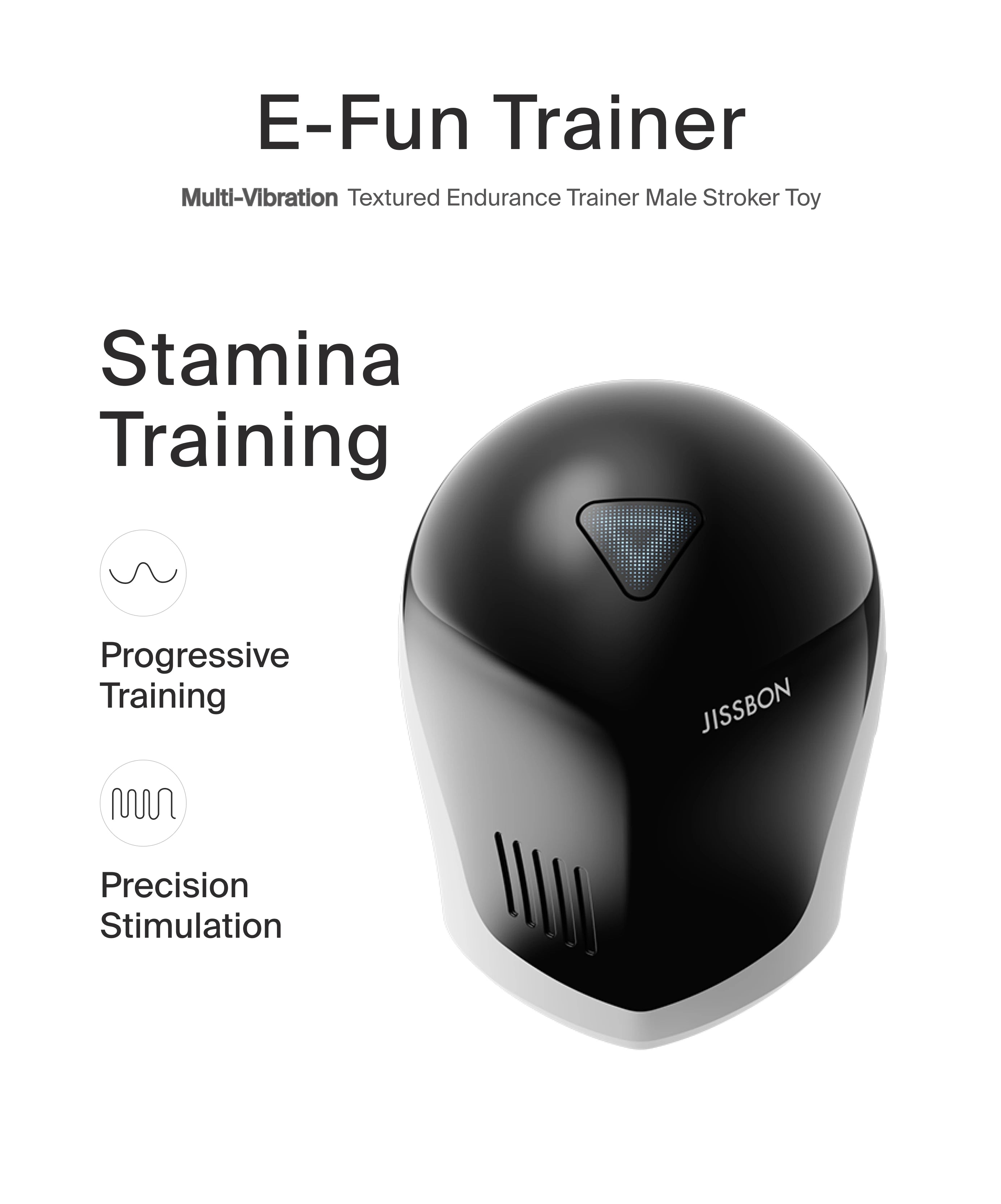VR intimacy is more than a headset fad—it’s a new way people connect, flirt, play, and sometimes fall in love across distance. From a private VR sex experience with synced toys to consent‑forward virtual sex parties in social worlds, immersive tech is rewriting what intimacy can feel like—even when you’re apart.
This guide breaks down what is virtual sex, the tech stack (haptics, avatars, and “smart” toys), risks and etiquette, and a practical setup for first‑timers. We’ll keep it consent‑first, safety‑minded, and easy to understand.
Quick definition: What is VR intimacy?
VR intimacy is erotic or relational connection that happens in virtual reality—through avatars, voice, touch‑like haptics, and shared environments. It sits inside the broader umbrella of technology‑mediated sexual interactions (think sexting, camming, cybersex), but adds immersion: spatial audio, hand presence, and a sense of “being there.” Research uses “technology‑mediated sexual interaction” (TMSI) for this wider category, which includes VR.
What is virtual sex?
“Virtual sex” describes sexual activity conducted via communication tech—text, audio, video, or fully immersive VR—between people (or with virtual characters). In VR, that can mean consensual roleplay, guided scenes, or toy‑synced experiences.
The tech behind immersive sex
- Headsets & social worlds: Platforms let you meet as avatars in 3D spaces (clubs, apartments, beaches). Spatial audio and hand tracking make interactions feel immediate—great when you want intimate VR that’s more than a chat window. Researchers note that VR’s sense of presence makes interactions feel unusually real—good for connection, but it raises safety stakes.
- Haptics & teledildonics: Paired toys (vibrating sleeves, plugs, vibes) can mirror strokes or patterns across the internet, bringing touch‑like feedback to a VR sex experience. The term teledildonics covers these networked, interactive devices; it’s often used in patents and research literature.
- Sync to media: Some toys sync with interactive videos or games, adding rhythm or pulses to visual scenes and making immersive sex feel coordinated across partners or content. (Privacy and security matter—see the safety section.)
If you’re curious about toy synergy—especially rhythmic sleeves that can complement VR visuals—compare options in Male Masturbators.
Why people try VR intimacy (and who it helps)
- Distance relationships: Share a room, dance, or cuddle as avatars; add haptics for a physical layer.
- Shy or neurodivergent users: Avatars can reduce social pressure, making it easier to explore boundaries at a comfy pace.
- Accessibility: People with disabilities or chronic illness often find VR spaces more navigable and welcoming than crowded venues; journalism has documented thriving social scenes (including adult‑only events) in VR.
- Therapeutic potential: Systematic and scoping reviews suggest VR may support sexual education, body image work, anxiety reduction, and aspects of sexual function—an evolving research frontier, not a cure‑all.
The many flavors of VR intimacy
1) Private, partner‑to‑partner scenes
You and a partner meet in a private instance (virtual apartment, hotel room, rooftop) and roleplay with voice chat. You can keep it PG (date nights, slow dancing) or go erotic—vibrator or stroker patterns can be triggered by one partner or synced to content.
2) Virtual sex parties (adult‑only)
In some social VR hubs, organizers host virtual sex parties—adult worlds with dress codes, consent rules, and moderators. Experiences range from themed dance floors to private rooms. Journalism has covered vibrant nightlife scenes (with both wholesome and NSFW venues) and the moderation challenges that follow. Expect house rules, age‑gating, and safety tools.
3) Solo immersive play
Watch VR scenes, follow guided fantasies, or sync a toy to media for a tailored VR sex experience. Great for learning your arousal patterns and building confidence before partnered play.
Risks, consent & etiquette (the grown‑up part)
Presence makes it feel real. That’s the magic—and the risk. Harassment in social VR can be emotionally intense. Studies and design papers highlight gaps in safety settings and moderation; tools like blocking, muting, and personal space bubbles help, but they’re inconsistent across platforms. Learn your platform’s tools before joining adult spaces.
Etiquette for intimate VR (copy these rules):
- Ask first. “Green to flirt?” “Interested in a slow dance?”
- Use plain consent. “Yes/No/Not today.” Stop at no.
- Respect boundaries. No avatar groping or sexual gestures without explicit opt‑in.
- Know the kill‑switch. Be ready to mute/block and exit instance quickly if anything feels off.
Legal note: Adult spaces may require age verification and have strict rules. Platforms increasingly gate NSFW worlds and ban misconduct; violations can trigger ejections or account bans. Journalism and platform statements reflect a tightening stance.
Safety: privacy, data, and device security
- Data trails: Connected toys and apps can collect intimate telemetry. Security researchers warn about poor defaults in some devices. Stick to reputable makers, use strong passwords, and disable cloud logging you don’t need.
- Account hygiene: Separate email/alias for adult platforms; two‑factor authentication; minimal profile info.
- Space control: Use private instances; restrict invites; know how to make your avatar invisible or lock a world if supported.
- Harassment plan: Pre‑set personal boundary bubbles, block and report tools; don’t hesitate to leave. Research shows reactive tools (block/mute) are common but not always sufficient—proactive settings help.
How to build your first VR intimacy setup (step‑by‑step)
- Pick a headset you’ll actually wear. Comfort beats max specs. Ensure good strap/fit and ventilation.
- Choose your world. Start in well‑moderated hubs; read their adult‑content and consent policies.
- Set audio right. Quality mic + spatial audio elevates connection; keep a quick‑mute mapped to a controller button.
- Calibrate personal space. Turn on safety bubbles, set boundary walls/guardian, and practice fast exit.
- Add haptics when ready. Begin with simple patterns; only connect devices you trust. Consider sleeves or vibes that support app control for easy hand‑off of “control” in scenes. See Male Masturbators for a sense of modern, app‑friendly options.
-
Consent scripts (use them):
- “What are your yes/maybe/no’s tonight?”
- “Green for a kiss and a slow dance?”
- “If you say ‘yellow,’ I’ll switch to PG chat; ‘red’ ends the scene.”
- Aftercare—even online. Log off together or debrief by message; sip water, stretch. Emotional drop can happen after intense VR; a check‑in helps.
Research snapshot: what we know so far
- Intimacy & presence: Autoethnographic and qualitative work describes how VR affordances—eye level, proximity, shared rituals—shape the feeling of closeness and “co‑presence.”
- Quasi‑virtual intimacy: New scholarship explores hybrids of physical and virtual identity/play (e.g., cosplay) where lines between on‑screen and off‑screen closeness blur—useful for understanding vr intimate dynamics.
- Sexual health potential: Reviews in 2024–2025 report growing interest in VR for sexual education, body image/exposure therapy, and sexual function support—promising but still early, with calls for better methods and ethics.
- Safety & moderation: HCI research finds harassment is common in social VR; users rely on block/mute and personal‑space tools, but many want proactive designs that prevent harm—not only react after.
Virtual sex parties: how they actually work (and how to be welcome)
- Age gates & rules: Expect verification for adult instances, no minors, strict consent policies, and moderators.
- Dress codes & zones: Some clubs use themed outfits, coded accessories (e.g., colors indicating roles), and quiet rooms for newbies.
- Play it slow: Start with dancing and chat. Ask before sitting too close, touching, or using suggestive gestures.
- Zero screenshots, zero streaming without explicit, prior consent from everyone visible.
- Report responsibly: If you witness harassment, many communities ask bystanders to report so moderators can act quickly. Hubs that thrive tend to have active safety teams and easy reporting flows.
Toy syncing 101 (for a better VR sex experience)
- Pick the right feel: Rumbly, steady patterns are smoother than frantic pulses for longer sessions.
- Latency is real: A strong Wi‑Fi connection makes patterns feel more “present.”
- Hand‑off control: Many apps let partners drive patterns. Agree on a safeword (“red = stop, offline chat”) and a kill‑switch you can hit without removing the headset.
- Hygiene & care: Clean toys after each use, keep firmware updated, and review app privacy settings regularly. (Basic security concerns about connected sex tech are well‑documented—stay cautious.)
A simple starter routine (save this)
- Consent check (1–2 min): Share yes/maybe/no lists.
- Meet in a private world: Dim lighting, music on, safety bubble enabled.
- Warm‑up (3–5 min): Dance or cuddle as avatars; keep mics open.
- Add haptics (optional): Start on low, steady patterns. Partner can take control via app.
- Scene (5–15 min): Build slowly; use “yellow” to adjust, “red” to stop.
- Aftercare (5 min): Log off together or move to voice/video; drink water; check feelings and comfort.
Where to start (internal link)
If you want to test toy syncing with visuals or partner control, explore Male Masturbators for app‑friendly options that complement a VR sex experience. Then refine your setup as you learn what kinds of immersive sex feel best.
The future of intimate VR
Scholars describe “producing intimacy” in VR through shared rituals, proximity, and co‑creation—and they’re mapping new forms where online and offline closeness intertwine (quasi‑virtual intimacy). Expect better haptics, smarter consent tools, and clinical uses that support sexual wellbeing. The tech is evolving fast; the anchor points—consent, safety, privacy, and respect—are timeless.
Bottom line:
VR intimacy is a flexible canvas—gentle dates, playful roleplay, or a full VR sex experience with synced haptics. Keep consent explicit, control your privacy, and learn the safety tools before you explore. With those foundations, intimate VR can turn distance into connection and fantasy into a shared, immersive story you both enjoy.
Frequently asked questions
Is VR intimacy “real intimacy”?
It’s a real experience—your heart rate, emotions, and memory encode it as such. Many couples use it to bridge distance; others enjoy social exploration with clear boundaries. The research lens is that presence and co‑presence matter more than medium.
Are virtual sex parties legal?
They’re subject to platform rules and local laws. Adult‑only spaces typically require age verification, ban harassment, and enforce consent. Misconduct can lead to bans and, depending on jurisdiction, legal consequences. Journalism shows platforms tightening age gates and moderation.
Will VR replace in‑person sex?
Unlikely. Think “additional channel,” not replacement—useful for distance, fantasy, and practice communicating boundaries. Reviews emphasize potential benefits alongside limits and ethical questions.
How do I stay safe from harassment?
Before any adult world: map your block/mute/report actions, turn on personal space bubbles, use private instances, and set clear consent scripts. Research shows users rely on these tools—but they’re only part of the solution, so stay vigilant.
Which devices work with VR?
Plenty of app‑connected vibes and strokers pair over Bluetooth/Wi‑Fi and can be controlled by a partner or synced to content. Start simple; read privacy policies; keep firmware updated.
Read more

If you’ve ever wondered “when were butt plugs invented?”, you’re not alone. The short version: the modern butt plug grew out of 19th‑century medical rectal dilators, not the pleasure aisle. Over ti...

Telephone sex can be tender, playful, or downright electric—even if you’re miles apart. Done well, it deepens intimacy, builds anticipation, and helps you learn each other’s turn‑ons without the pr...





























































































